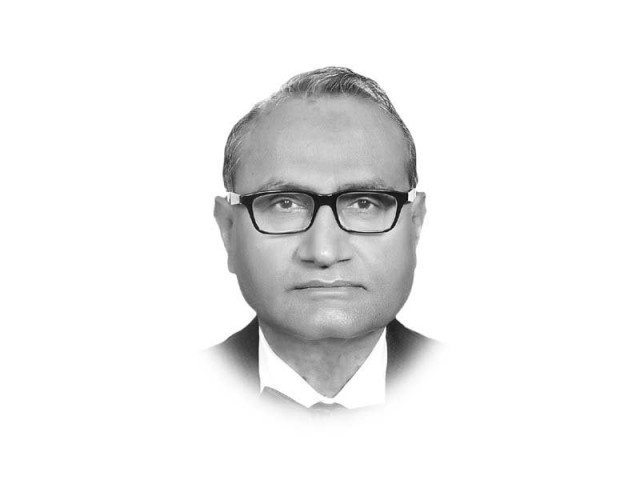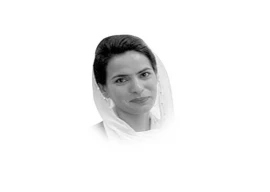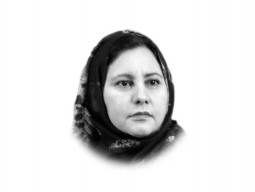
It was, however, Lord Keynes who discovered that the Great Depression of the 1930s was caused by insufficient demand for the existing industrial capacity. Boosting demand by printing currency would revive the economy. He was concerned with the short run in which money does matter. Classical economists were talking of the long run over which the industrial capacity is created. Long-term growth is what matters in developing economies like Pakistan. Investment is the strategic variable along with a proper choice of technique to employ the growing labour force. The chosen technique can be labour-saving, labour-intensive, or labour-absorbing. The last-mentioned was prescribed by the celebrated Cambridge economist Joan Robinson in the case of China. (Incidentally, besides being a woman, her love for China cost her the Nobel prize.)
In Pakistan, the cohabitation of political transitions and economic crisis is a familiar sight. The story line begins with the external sector and the government sector in terms of financial and monetary indicators. For the February 2008 elections, the transition fiscal year was 2007-08. Total debt was 63.2% of GDP and the external debt and liabilities were 30.7% of GDP. The SBP’s liquid reserves were 8.8 billion dollars, covering imports of 17 weeks. Short-term external debt was 8.2% of reserves. Inflation, current account deficit and fiscal deficit at 12%, 8.5% and 7.6% had all crossed danger zones. GDP growth of around five per cent was the lowest in five years. The economy was clearly on the downhill, touching the bottom at 0.36 in 2008-09. The transition fiscal year for elections in May 2013 was 2012-13. Total debt was 69.5% of GDP and the external debt and liabilities were 26.3% of GDP. The SBP’s liquid reserves were 6.1 billion dollars, covering 14.3 weeks’ imports. Short-term external debt was 4.4 % of reserves. The rate of inflation, current account deficit and the fiscal deficit were 7.4%, 1.1 % and 8.2%, respectively. GDP growth was low at 3.7%, but the economy was on the upturn. For the 2018 elections, 2017-18 is the transition fiscal year. The source of information for the year is the latest press release of the IMF, an organisation concerned mainly with the monetary and financial side of the economy. It expects fiscal deficit at 5.5 per cent, current account deficit at 4.8 per cent and GDP growth at 5.8 per cent. As a result, ‘risks to Pakistan’s medium-term capacity to repay the fund have increased’. Remember Ishaq Dar’s refrain that he had to go to the IMF to repay the debt contracted by the previous government. Free of political compulsions, the caretaker government had prepared the ground for it. The deal was to pay back without reform. The signs of slowly increasing growth were ignored.
Are we heading for a repeat of the script? The deputy head of the IMF has already made it clear that the possible grey-listing by the FATF does not disqualify a member to access its lending. The upturn in the real economy continues. CPEC investment will boost it further. The country has the ability to grow out of the present financial strife. Reform must be undertaken, but without repeating the mistake of the anti-growth IMF support.
Published in The Express Tribune, March 16th, 2018.
Like Opinion & Editorial on Facebook, follow @ETOpEd on Twitter to receive all updates on all our daily pieces.















COMMENTS
Comments are moderated and generally will be posted if they are on-topic and not abusive.
For more information, please see our Comments FAQ